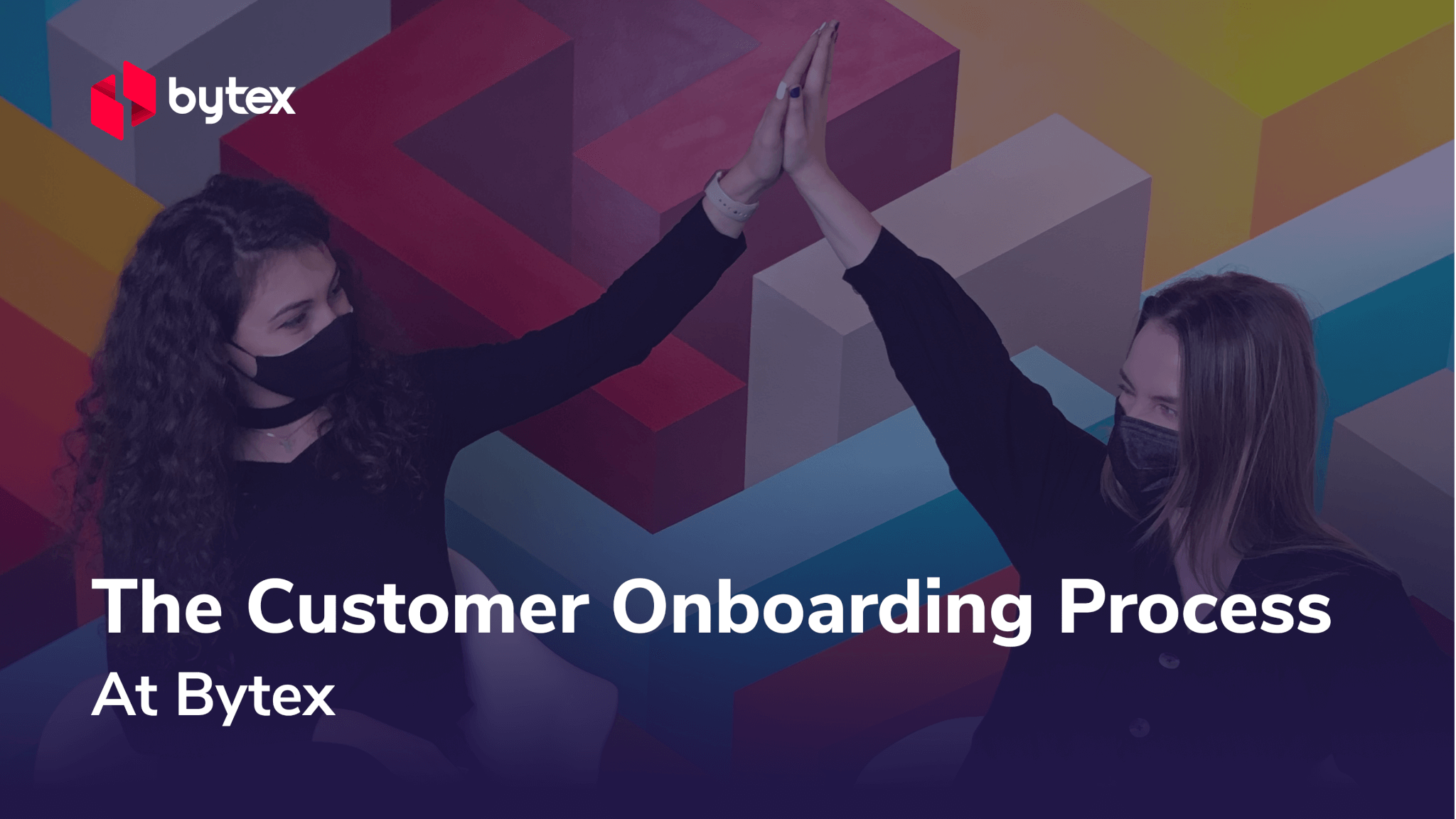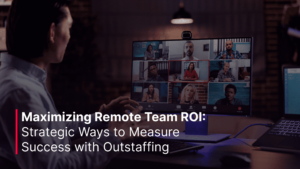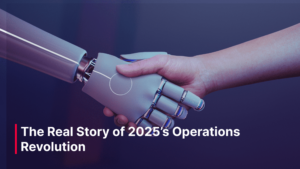Transparency is built from the beginning of any healthy professional collaboration, or at least this is our creed. This is why we’ve created a video featuring our Customer Support Manager and our Human Resources Manager, to walk you through every step of the customer onboarding process here at Bytex. Below is the embedded video and its script.
Alexandra: ‘So, you’ve decided to outsource development. Congratulations – we know it’s a hard choice to make. After all, not everybody is comfortable to stray away from the familiar and try something this different. But don’t worry, you’re in good company. Think about it this way – in the US alone, it’s estimated that 43% of companies outsource some sort of IT development. These companies grow faster, have lower costs, and access to a larger pool of talented human resources. Of course, what matters the most is having an outsourcing partner whom you can trust, and who will meet, if not even exceed, your expectations.
My name is Alexandra and I am the Customer Success Manager at Bytex Technologies. By my side I have Veronica, who is our Human Resources manager.Together, we’ll talk you through the steps of outsourcing your development to Bytex. We’ll cover both what you should expect from us before striking a deal, as well as what we’ll deliver when we start our collaboration and all the time throughout it.
With respect to the trust factor, you’re in safe hands. Bytex has confirmed recipes that, with very small calibrations on both ends will ensure highly successful relationships. And you don’t have to take our word for it – we’re referenced by numerous VPs of engineering and CEOs, and you can review our services or on our website.
You may have heard about us from an acquaintance of yours, or you may have come across our website on your own. Either way, your first point of contact will either be Dan, our technical business associate, or Dragos, our CEO. They will touch base with you and set up a first initial call in which you can expect questions about your business area, your product maturity, your existing or preferred tech stacks and, of course, your future scalability plans. After this first initial call, if you feel like our culture fits your needs, you can establish a technical call, a second one, in which you can discuss your actual human resources needs and, of course, an implementation timeline. If you’re in a hurry, we can combine the intro call with the technical one and speed things up.’
Vero: ‘This is where I come in.
So, after the second call we should have established things like the size of your desired team, and what technologies you are interested in. This will allow us to start the recruiting process, and search for the perfect fit.
Our candidate validation process includes two steps:
- We have an initial HR discussion, in which we look for things like what motivates the candidates, what is their working and learning preferred style, if they are flexible enough, if they communicate well, and what they are looking to achieve in their career. The goal would be to match the candidate’s plans with your goals, as we know that this nurtures long term relationships.
- Afterwards, we follow up with a technical assessment, conducted by our team of specialists. This covers a lot of aspects. We start from the basics of programming, such as data structures, design patterns and Object Oriented Programming principles. We then continue with web and mobile technologies, programming language basics, framework or library technicalities. We also cover aspects regarding the performance and security of the app, and we end up covering their testing knowledge, especially unit testing and e2e testing.
You should expect to receive an email with the technical profiles of the most suitable candidates any time between one and three weeks. If you’d like to, you can also choose to interview yourself the proposed candidates.
Our customers usually start with small to medium sized teams of 2 to 5 professionals, and then, based on good feedback and proven results, they decide to grow the team. Once you make your choice and are happy with your team, we can start developing your product.’
Alexandra: ‘Your primary contact point from now on will be a customer success representative, who will act as a liaison between our two companies and will ensure that your needs are met at all times.
We start off with an initial call to establish some collaboration principles. It’s important for us to understand what you expect, so that we keep things both transparent and predictable. In this first initial call we can discuss anything from development architecture, preferred tools, security policies of course and definitely some communication principles that we should share. It’s also very important for us to understand if you have any external commitments towards your stakeholders, because this way we can align our schedule with your milestones and deliver on time, every time.
Everything we’ve addressed in this first call, alongside other useful tips and resources, will be included in an onboarding presentation which will set the basis towards our successful partnership.
The customer success representative is always one call away, and keeps tabs on everything like milestones, progress and any issue that may arise. We also keep close contact with our local tech leads just to come up with constant improvements as the collaboration goes on.
Even though our conversations will mostly focus on the product’s overall development, it’s important to set regular syncs with your Customer Success Representative. You can discuss anything from team feedback, to future plans and inconsistencies. It’s important for us to know if there’s an issue, how to solve it and when to solve it.’
Veronica: ‘In order to assess progress, we work as a big team of professionals. We conduct regular performance reviews with each colleague and clear career paths that cover both technical and soft skills. We encourage a feedback-based approach, as we know that this helps our colleagues grow and increase the quality of their work. So don’t be surprised if you’ll be asked from time to time how they are performing.’
Alexandra: ‘That’s it, in a nutshell. We’ll try to keep things simple and make communication our priority. We’ll adjust to your working hours, and try to respond to your messages as soon as we see them, as that’s our internal policy.’
Now, for some FAQ
How long does it take from initial request to project kickoff?
Veronica: ‘Depending on aspects such as the exact position we are recruiting for, notice periods and candidate availability, the elapsed time from initial request to project kick-off can range from two to six weeks.’
Is there a trial period?
Alexandra: ‘While we trust both our recruitment process and in our developers’ qualifications, if it makes you feel more comfortable, we can adjust as we start our collaboration, a 45 day trial period.’
Is there a minimum engagement, time wise?
Veronica: ‘We tend to work on stable, long-term projects. We know it takes some time to ramp-up the team and to become familiar with what is needed. Moreover, the implementation part is usually fairly complex. So having this in mind, the minimum engagement period ranges from 3 months to 1 year.’
Alexandra: ‘We hope that this short video has addressed at least some of your questions and that you now feel more secure in collaborating with such an outsourcing provider. If you’d like to work with us, drop a line via the dedicated form on our website. Should you want to collaborate with us, just drop us a line in our dedicated section on our website, and we’ll make sure to pick it up from there in maximum two days.’
Veronica: ‘Having this said, we hope we’ll talk to you soon.’


